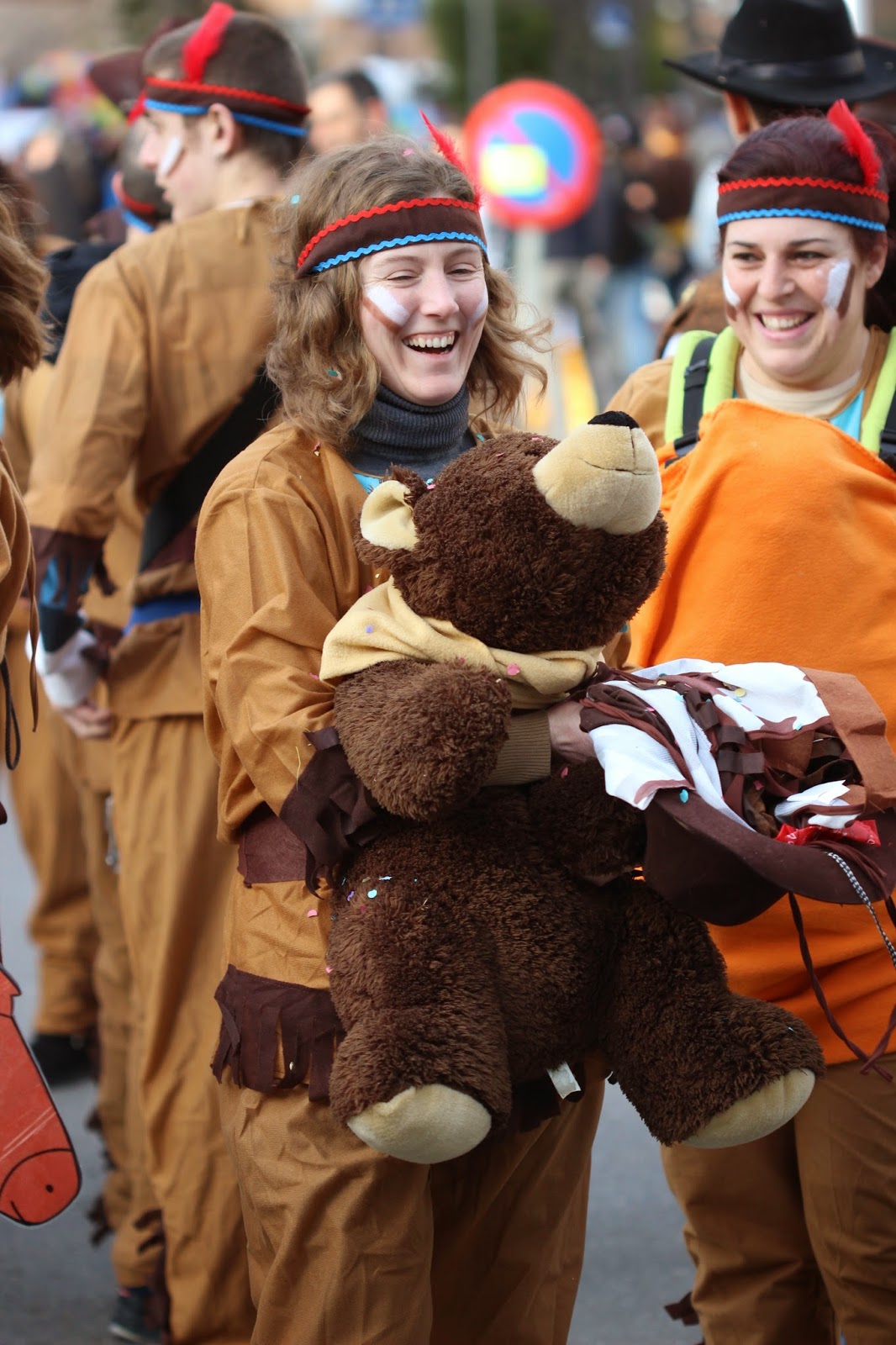In a religious tradition, families are having their baskets of coloured eggs blessed by the parish priest. Usually, the eggs are red, symbolizing happiness, joy, rebirth and the blood of Christ. Families exchange eggs and say, Hristos Voskrese (Christ is risen). The response is Voistinu Voskrese (Indeed He has risen).
The main thing in the Serbian celebration of Easter is the egg, the symbol of a new life. Easter eggs in Western Europe can be made of chocolate and sold in supermarkets. Like here, in Spain. However, Serbs use ordinary chicken eggs at Easter, boiling them at home on Friday, which is called Big Friday.
While the Easter weekend is the climax of the celebration, for many Serbs the festivities start on Lazar’s Saturday, April 16th. On that day, church floors are covered for the afternoon liturgy with the flower known as vrbica, or in English- purple loosestrife.
During the ceremony, the priest blesses the flowers and shares them with believers.
This day marks Jesus’ entry into Jerusalem
Although coloured dyes for the eggs can be bought in the market, most people still dye at least 10 eggs by boiling them with onion.
The onion gives eggs a nice caramel colour. And if you want to create a decoration on the egg, just draw on it with wax before boiling. But that's just one of the egg colouring tricks and technics.
Easter bunnies are becoming more popular all over the world, but the animal that truly symbolises Easter in a religious manner for Serbs is the baby chick – the natural product of the egg.
Easter bunnies are becoming more popular all over the world, but the animal that truly symbolises Easter in a religious manner for Serbs is the baby chick – the natural product of the egg.
Big Friday Mass is performed in front of a replica of Jesus’ cover, symbolising the removal of the body from the cross.
Saturday is reserved for decorating homes.
Easter Sunday starts with bells ringing in churches through the country.
In the Orthodox tradition, believers give up certain
foods during the 40 days up to Easter.
After morning liturgy families have breakfast together and play the game of tucanje, which involves cracking eggs against each other to see which one breaks first.
foods during the 40 days up to Easter.
After morning liturgy families have breakfast together and play the game of tucanje, which involves cracking eggs against each other to see which one breaks first.
Most Serbs spend Easter on visiting friends and family. But also those Serbs which are not religious, still paint eggs on a Big Friday and for sure everybody gives gifts on a Big Sunday and play tucanje. For kids, it's always a joy to celebrate Easter because it is said that gifts are brought by Easter Bunny. It's like Santa Claus for a Christmas. Bunny usually gives toys, sweets, even money and some painted eggs in a basket. And he hides a basket in the grass so children must look for a present. Similar to Christmas socks where Santa is leaving his gifts.















































